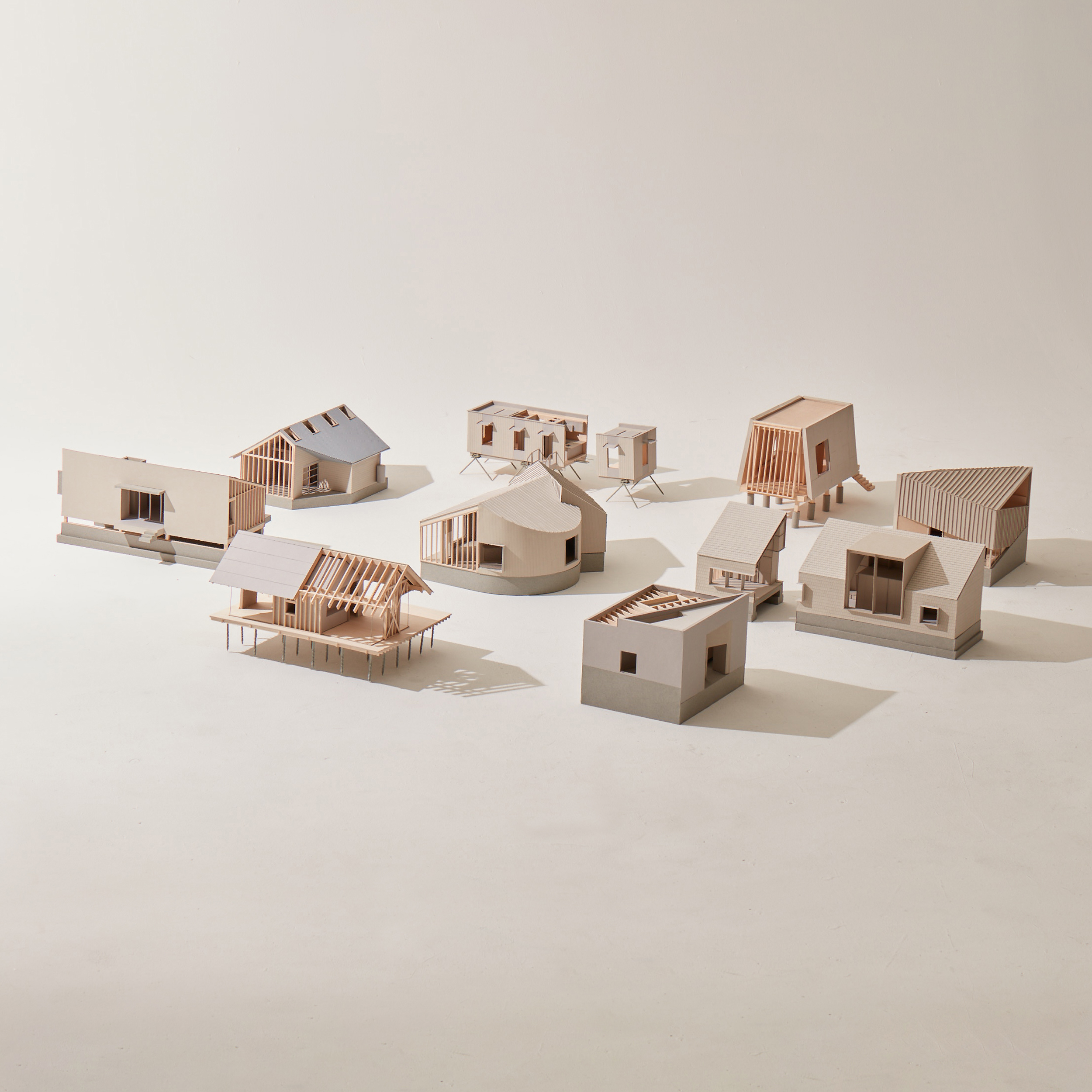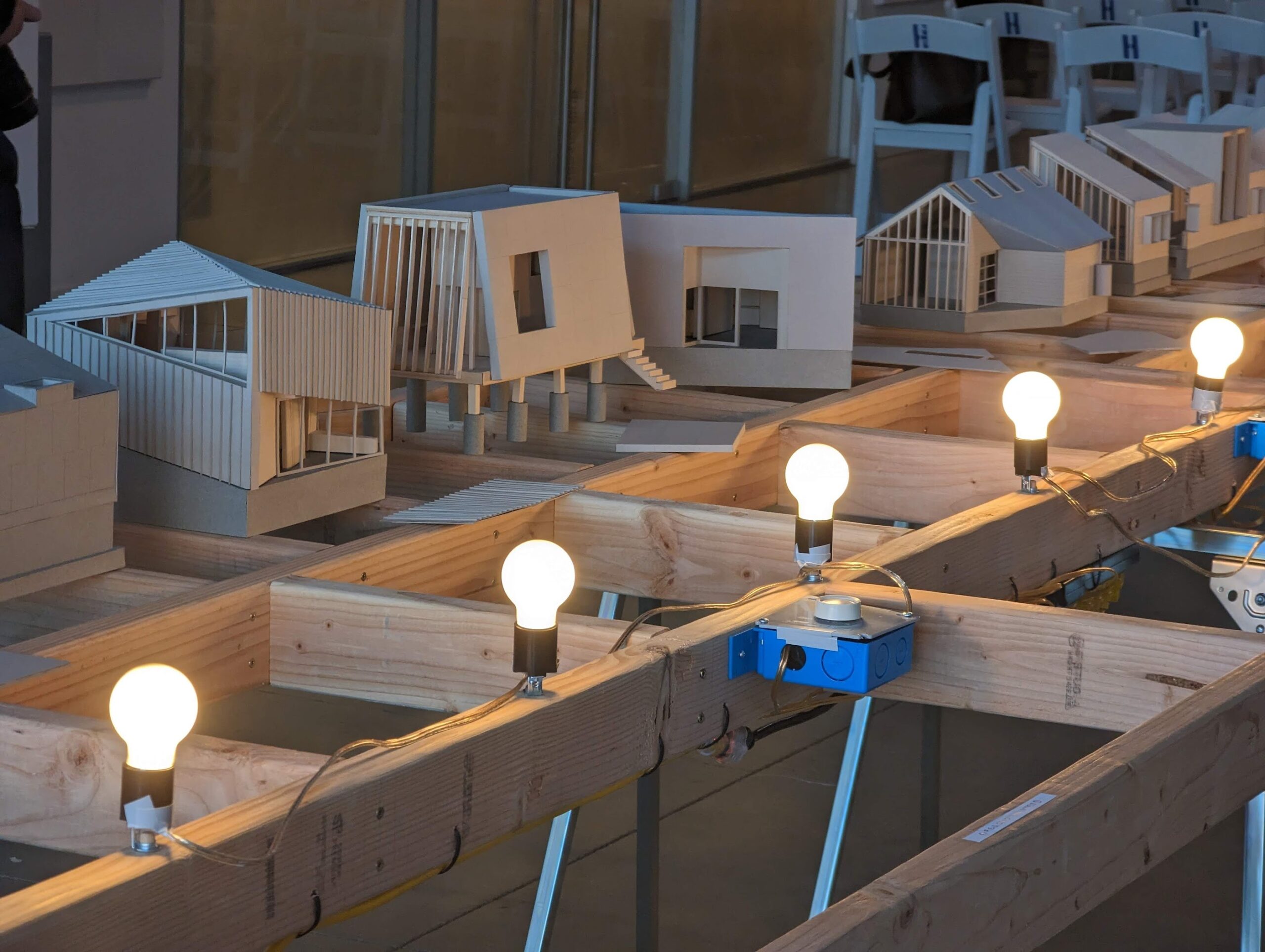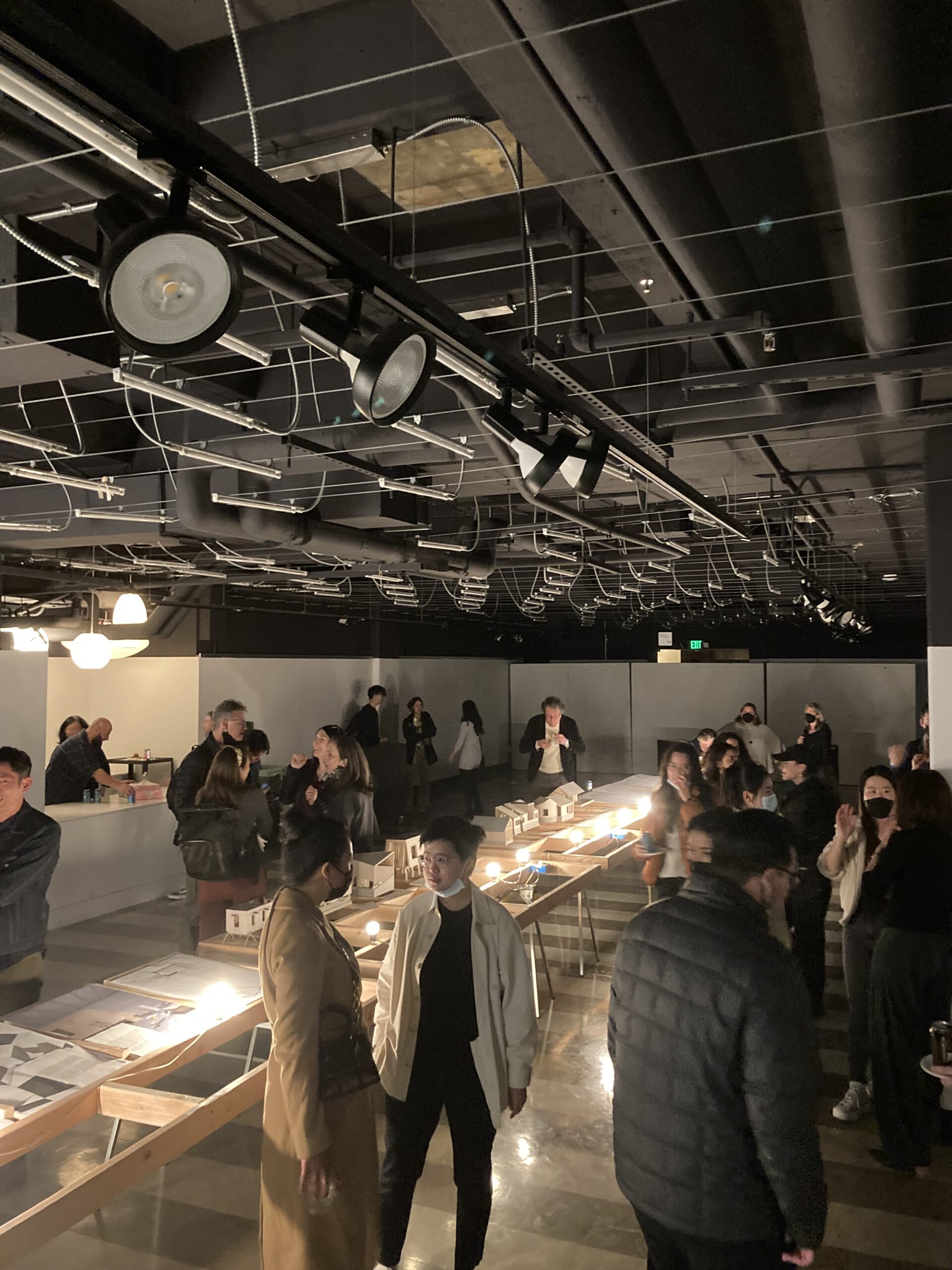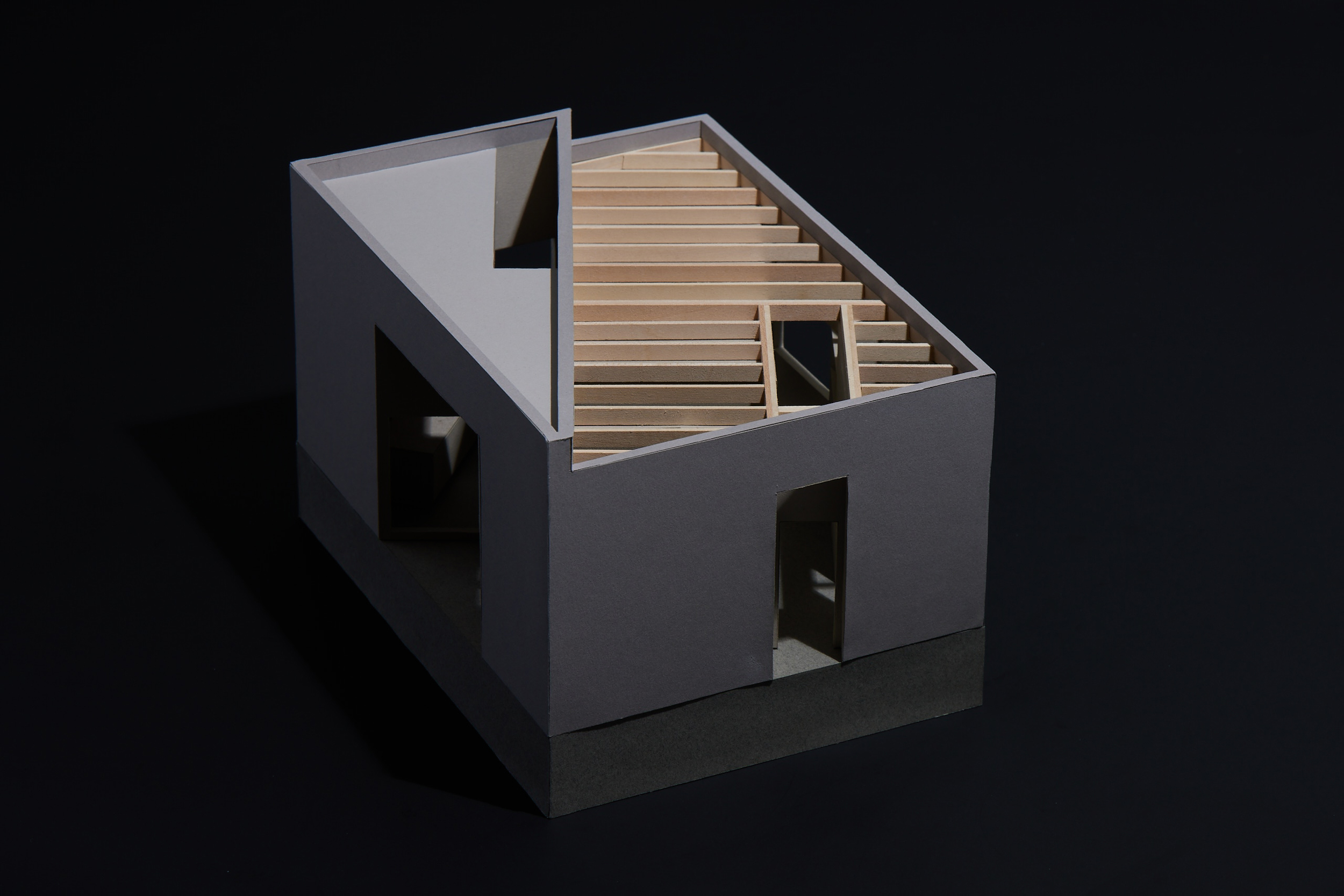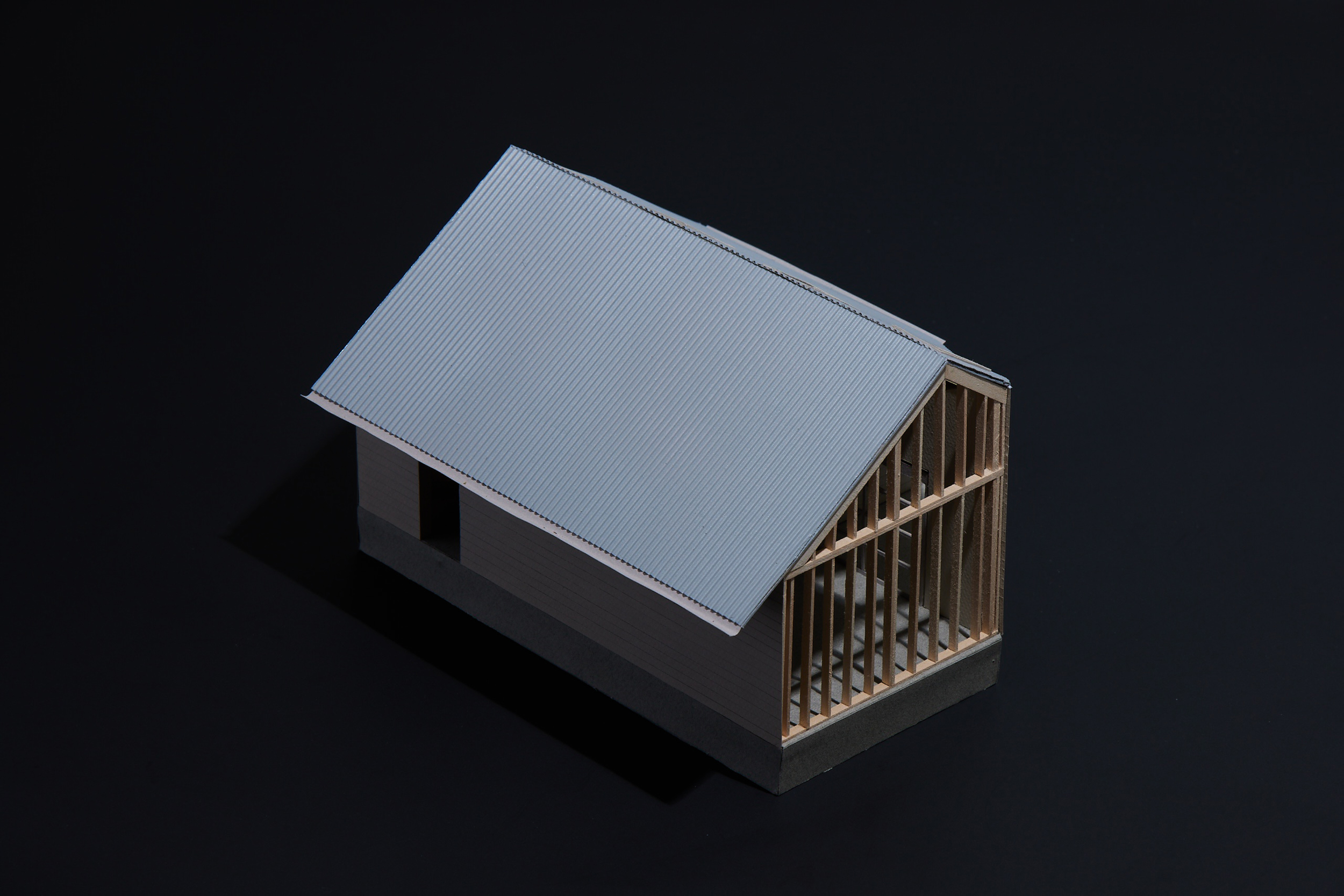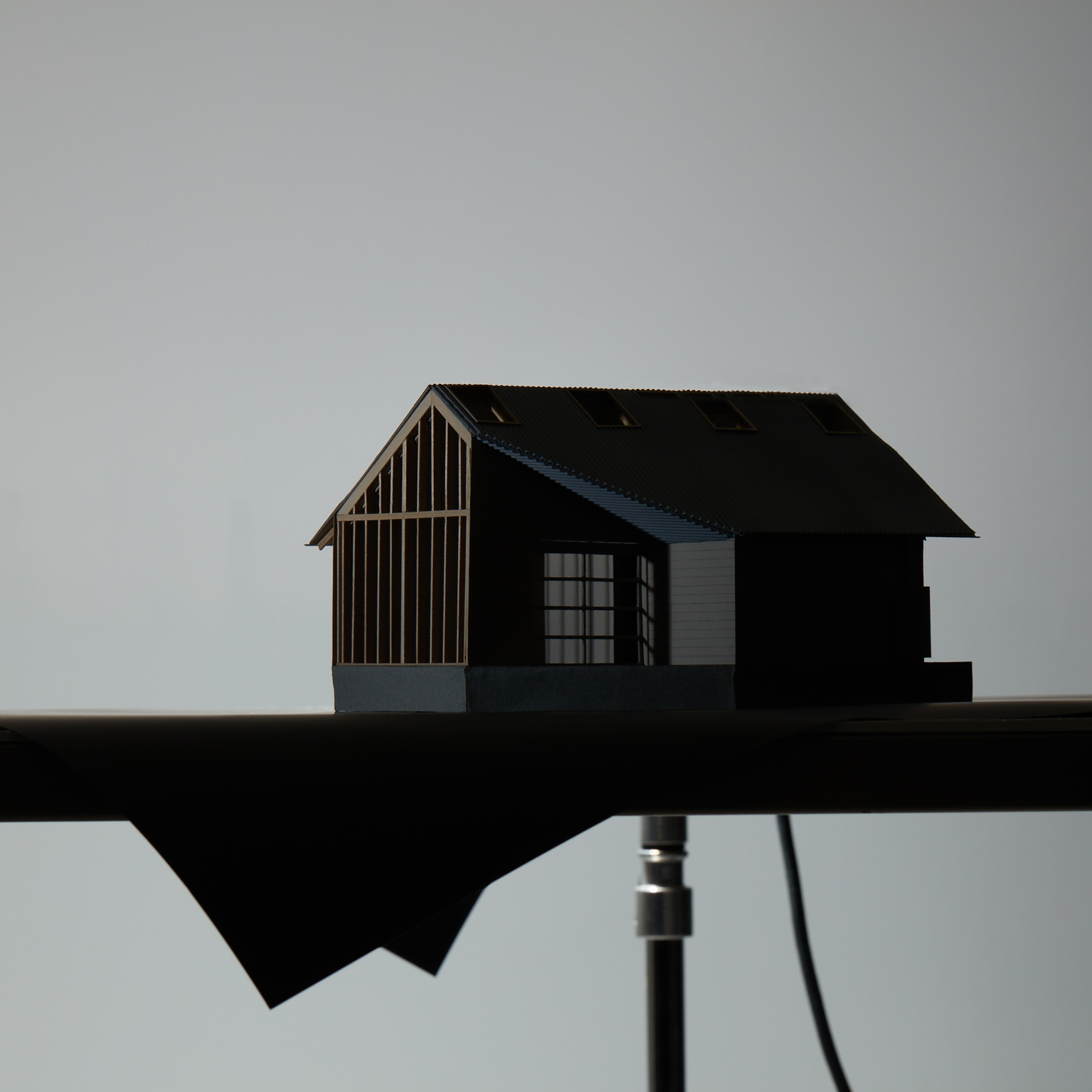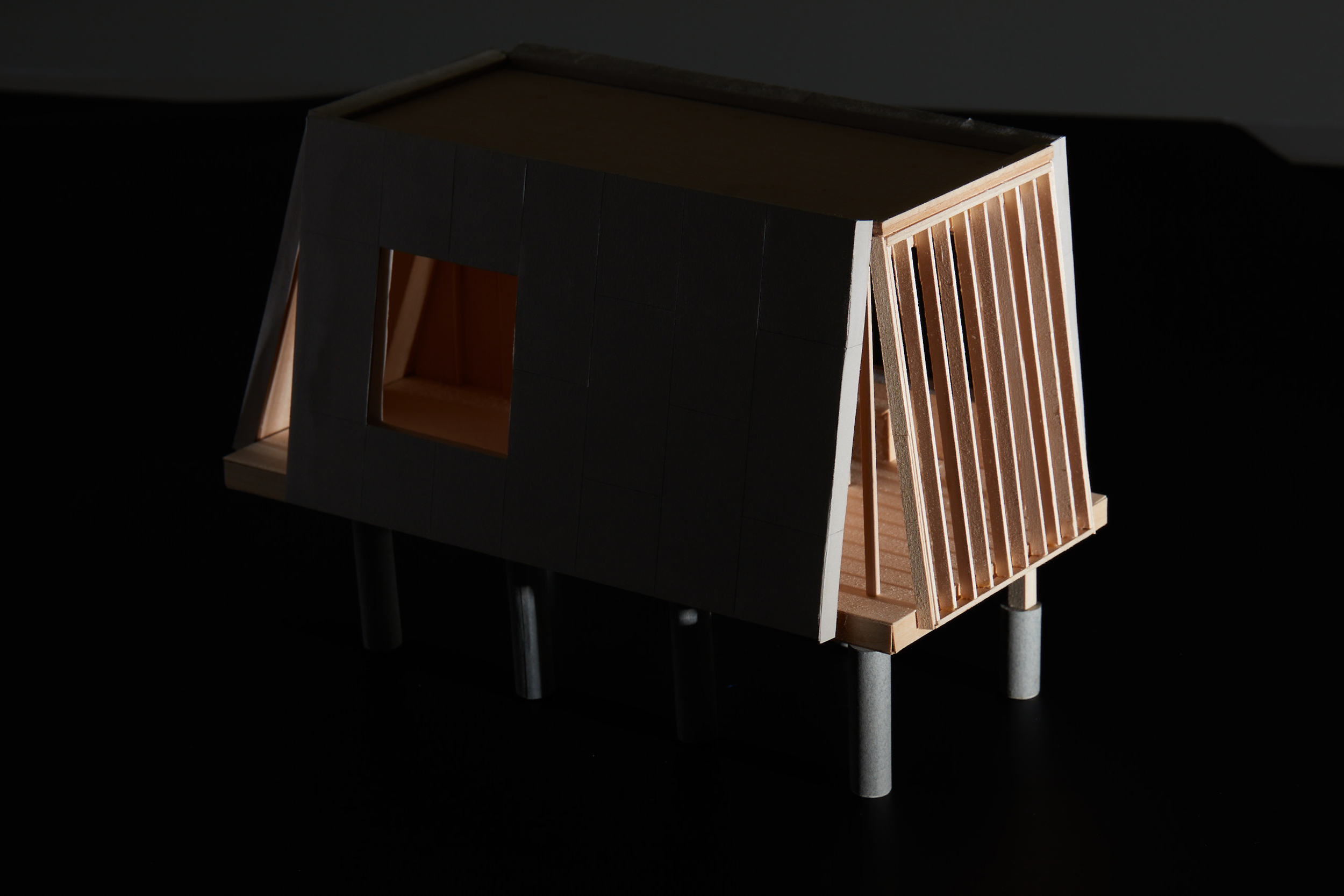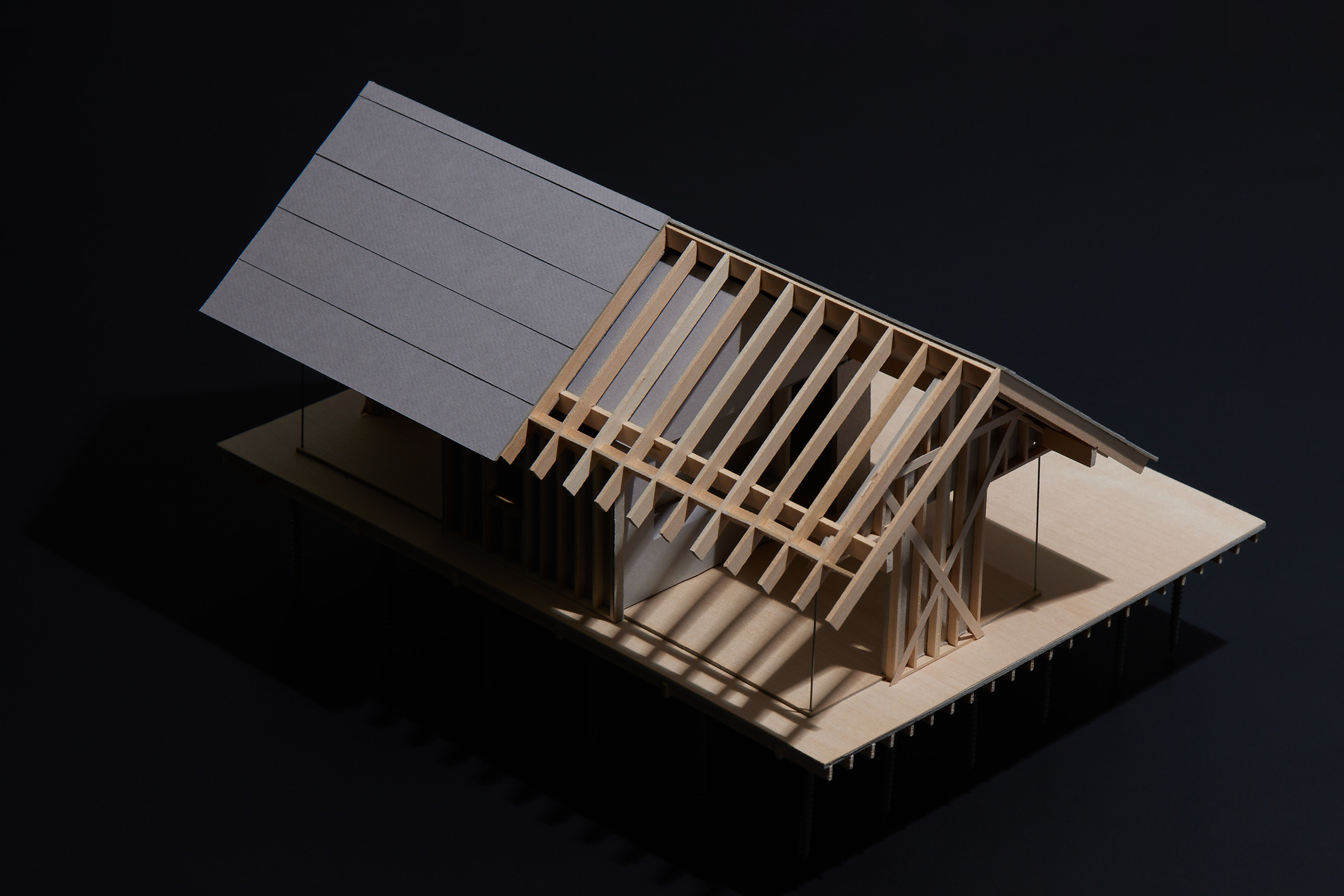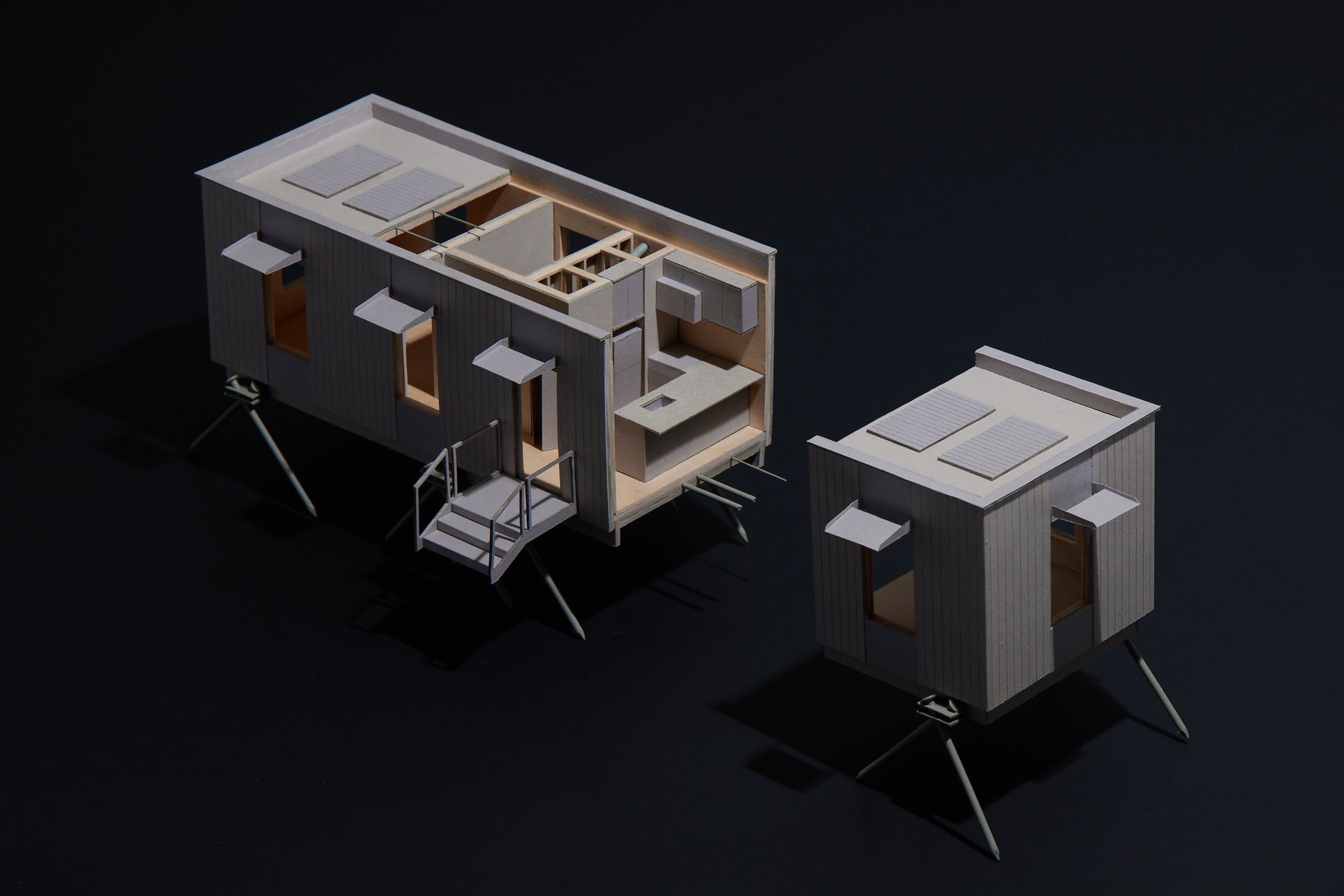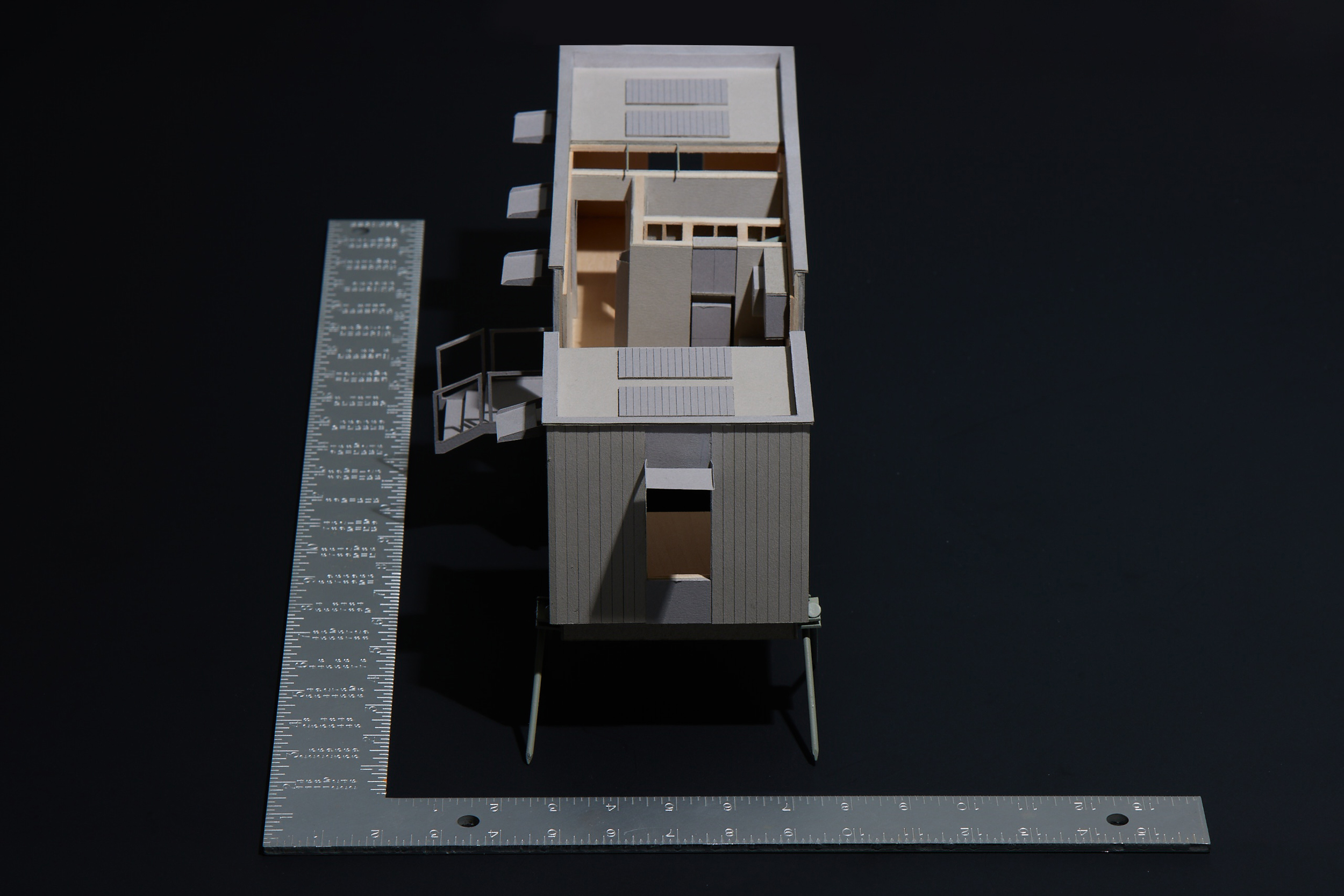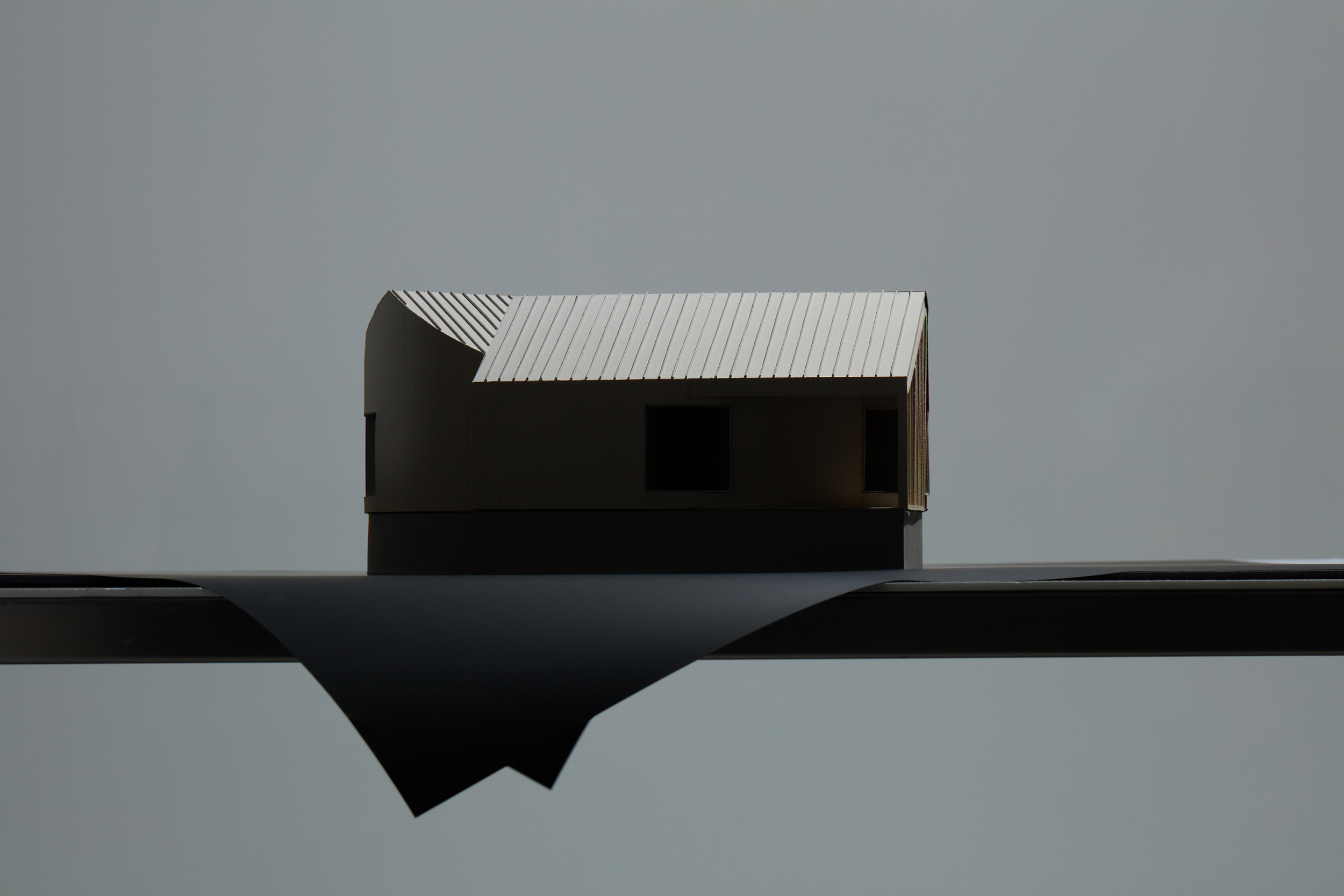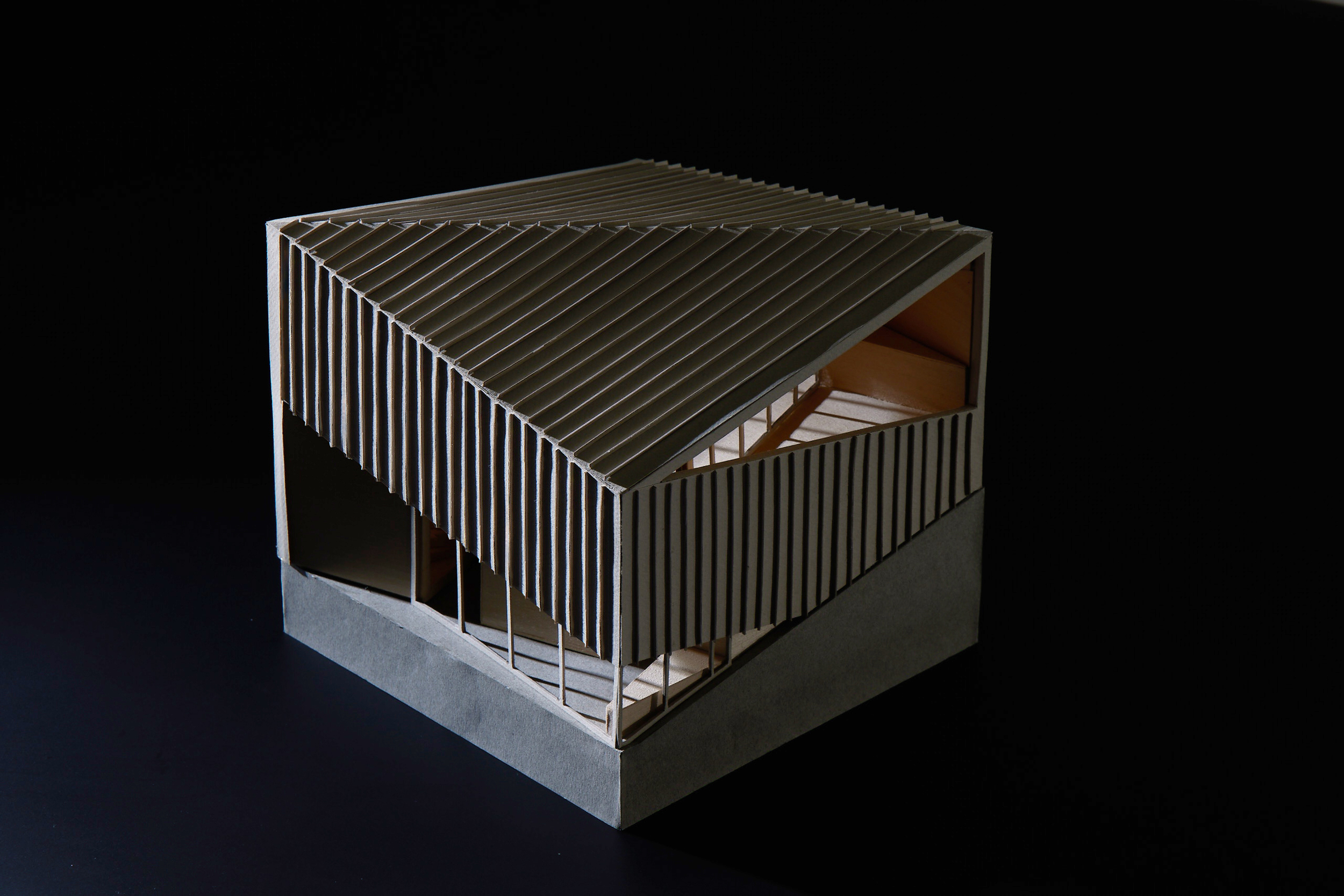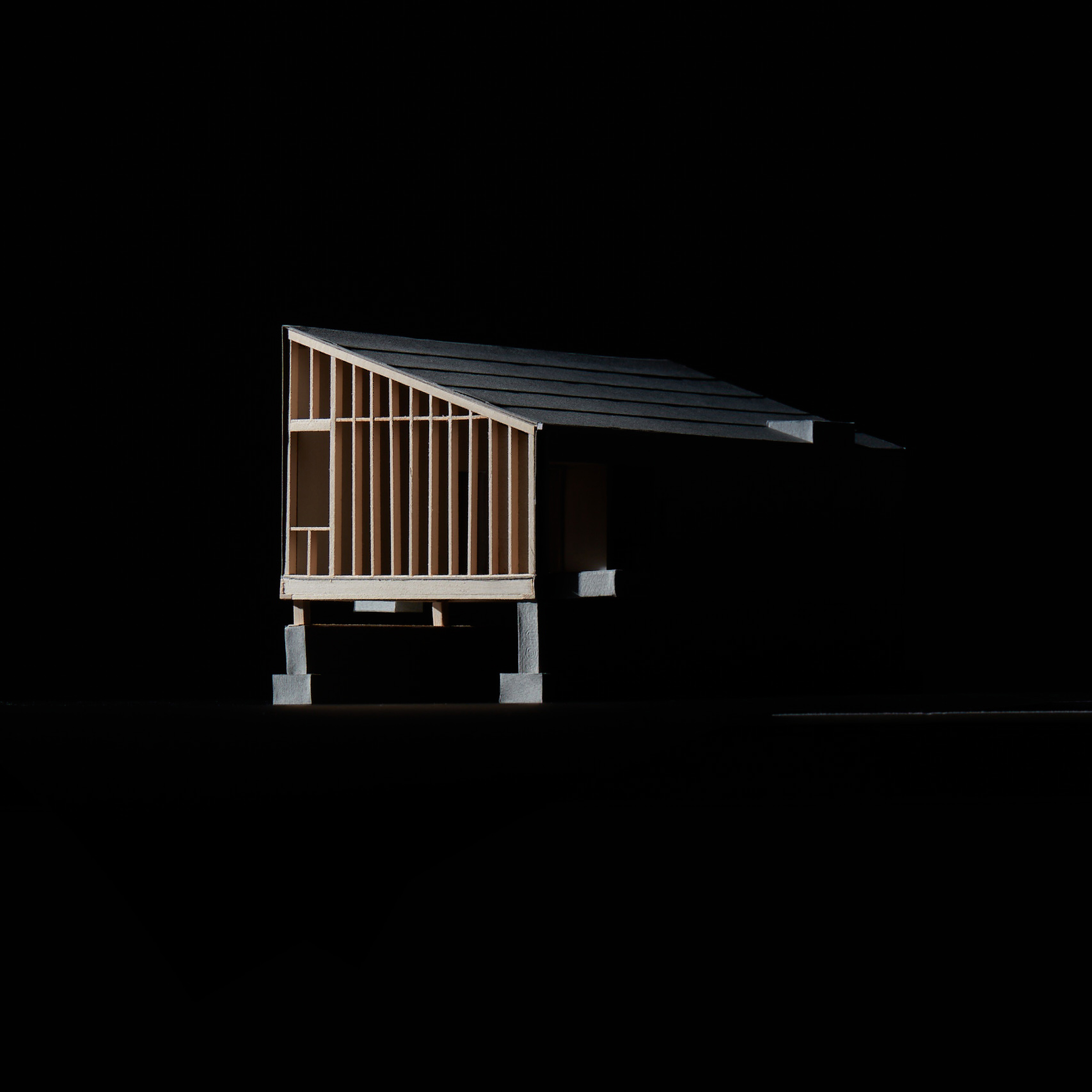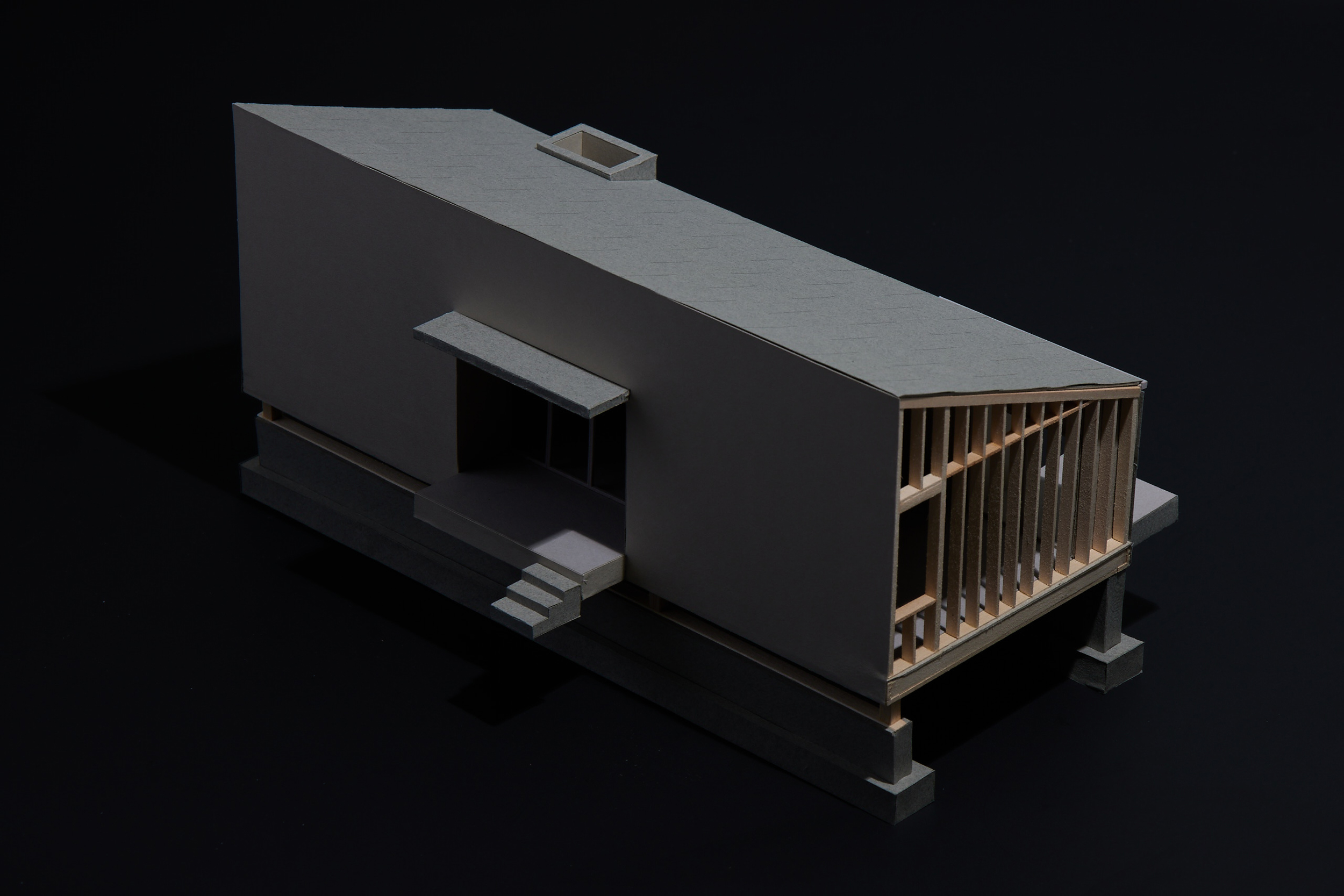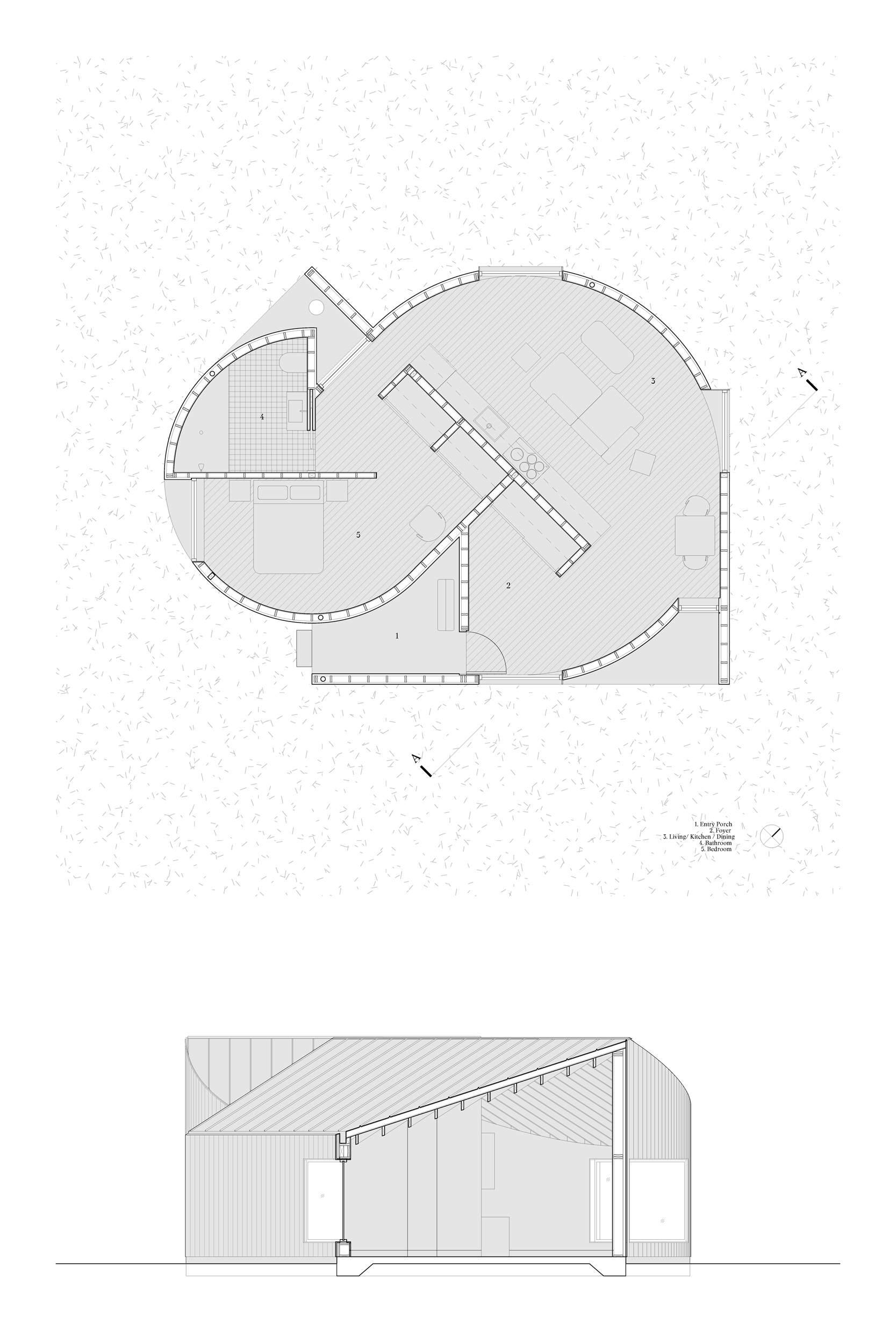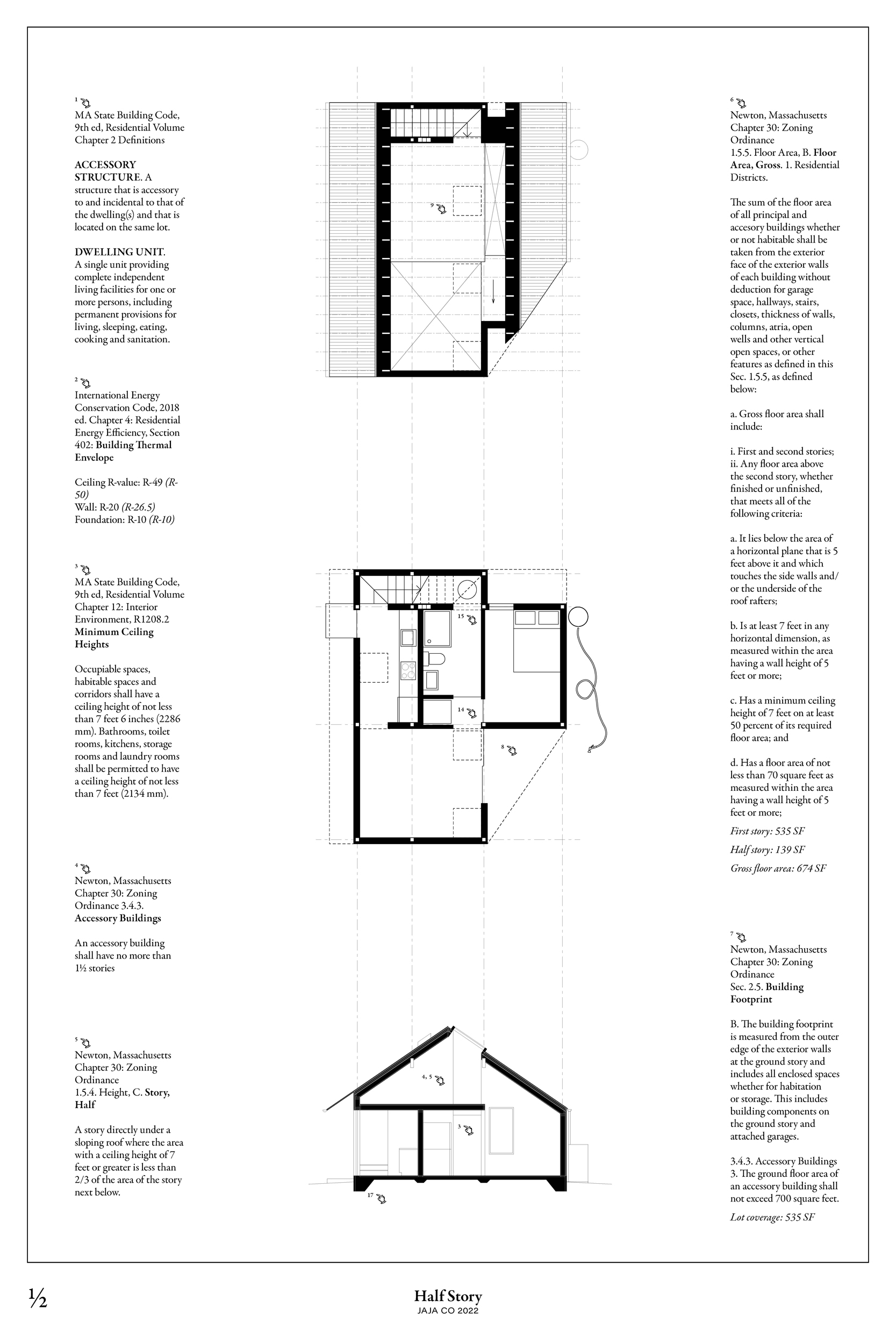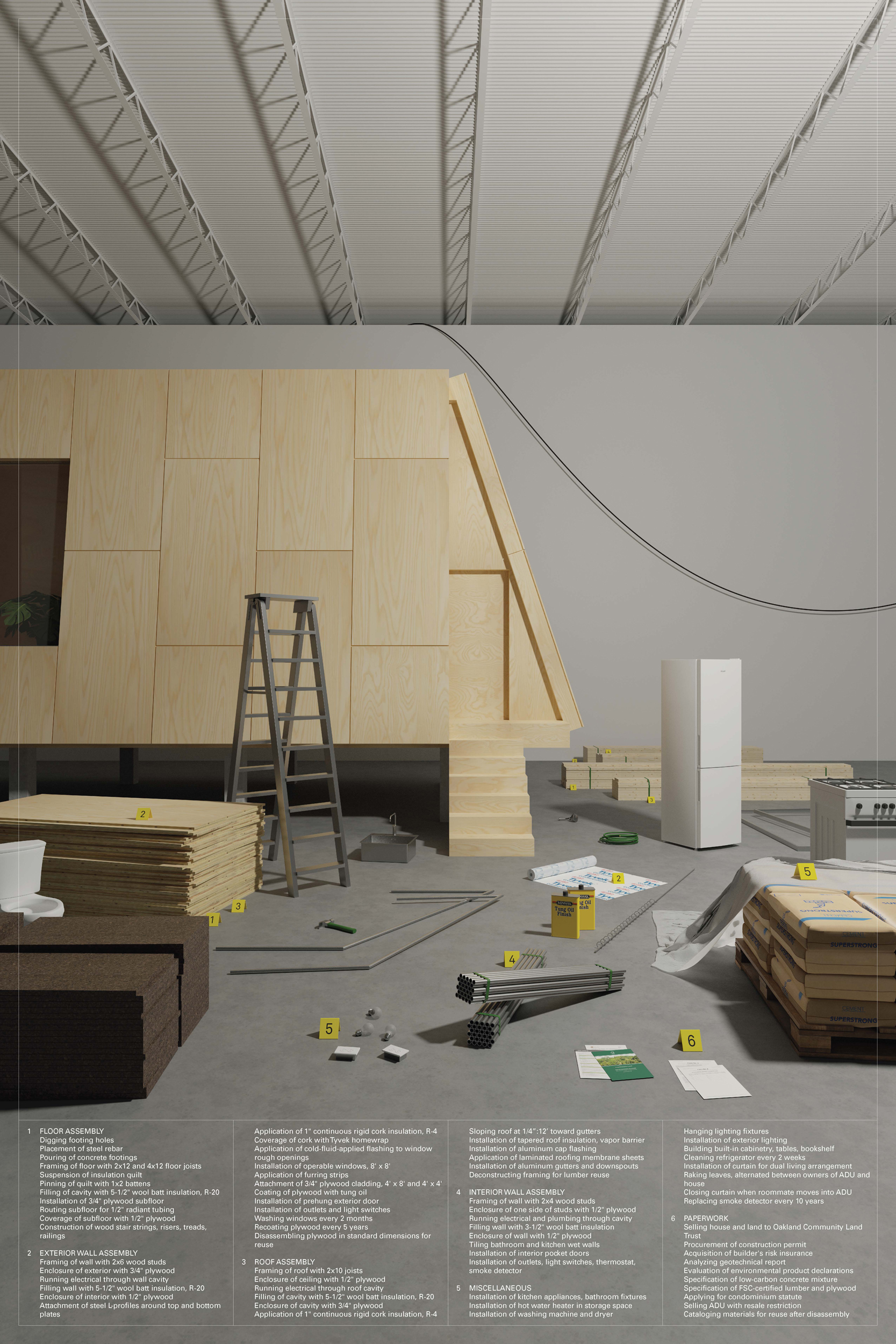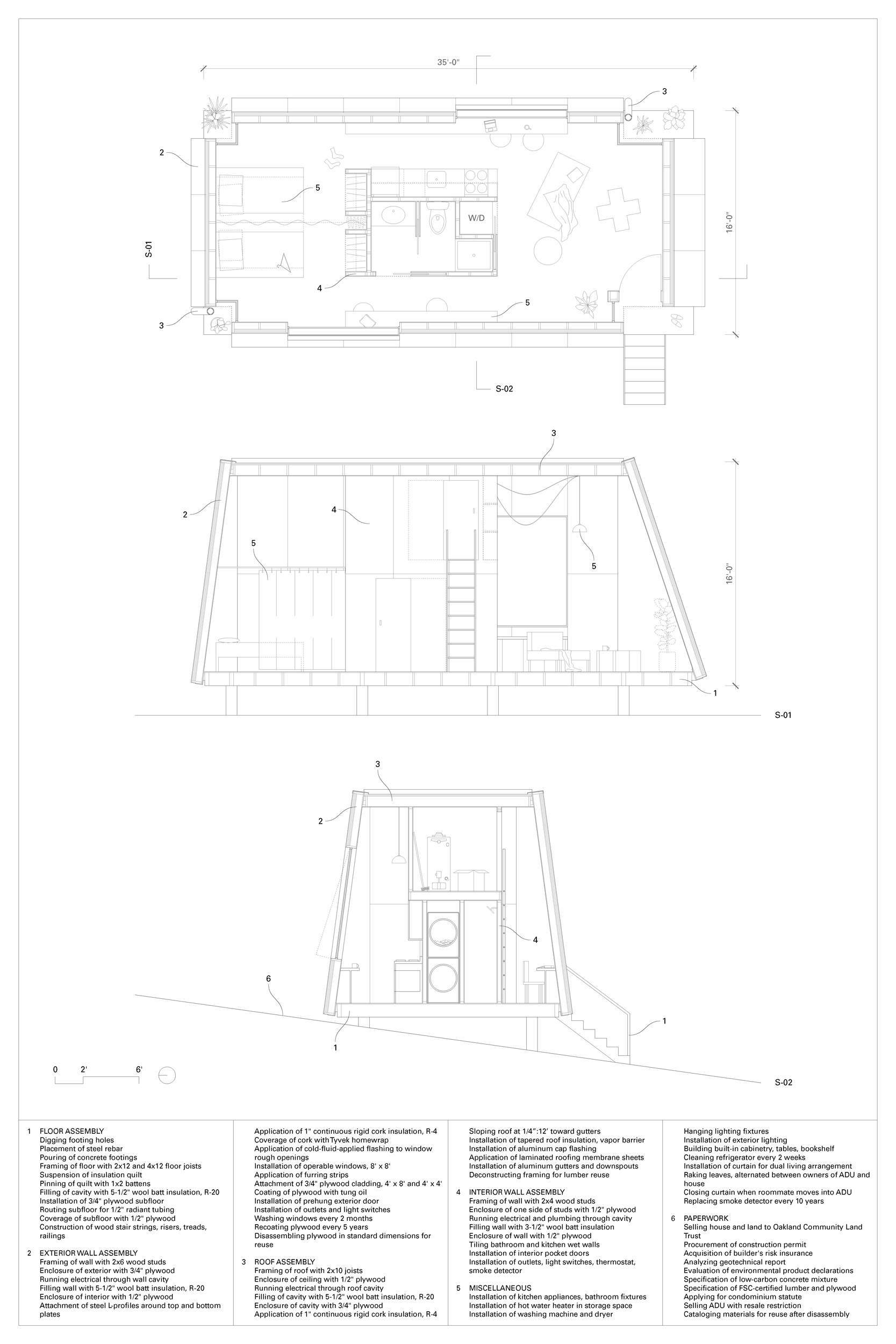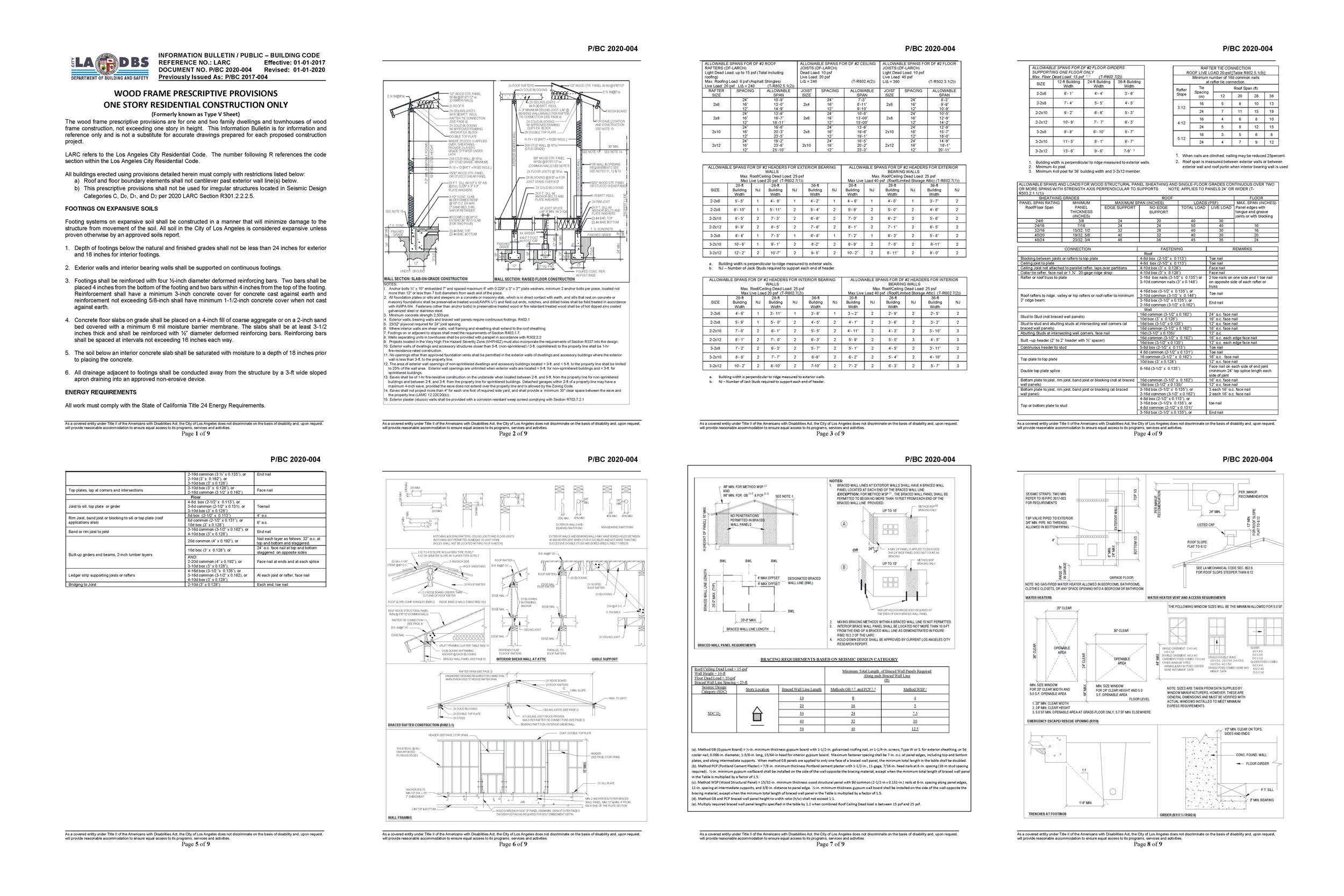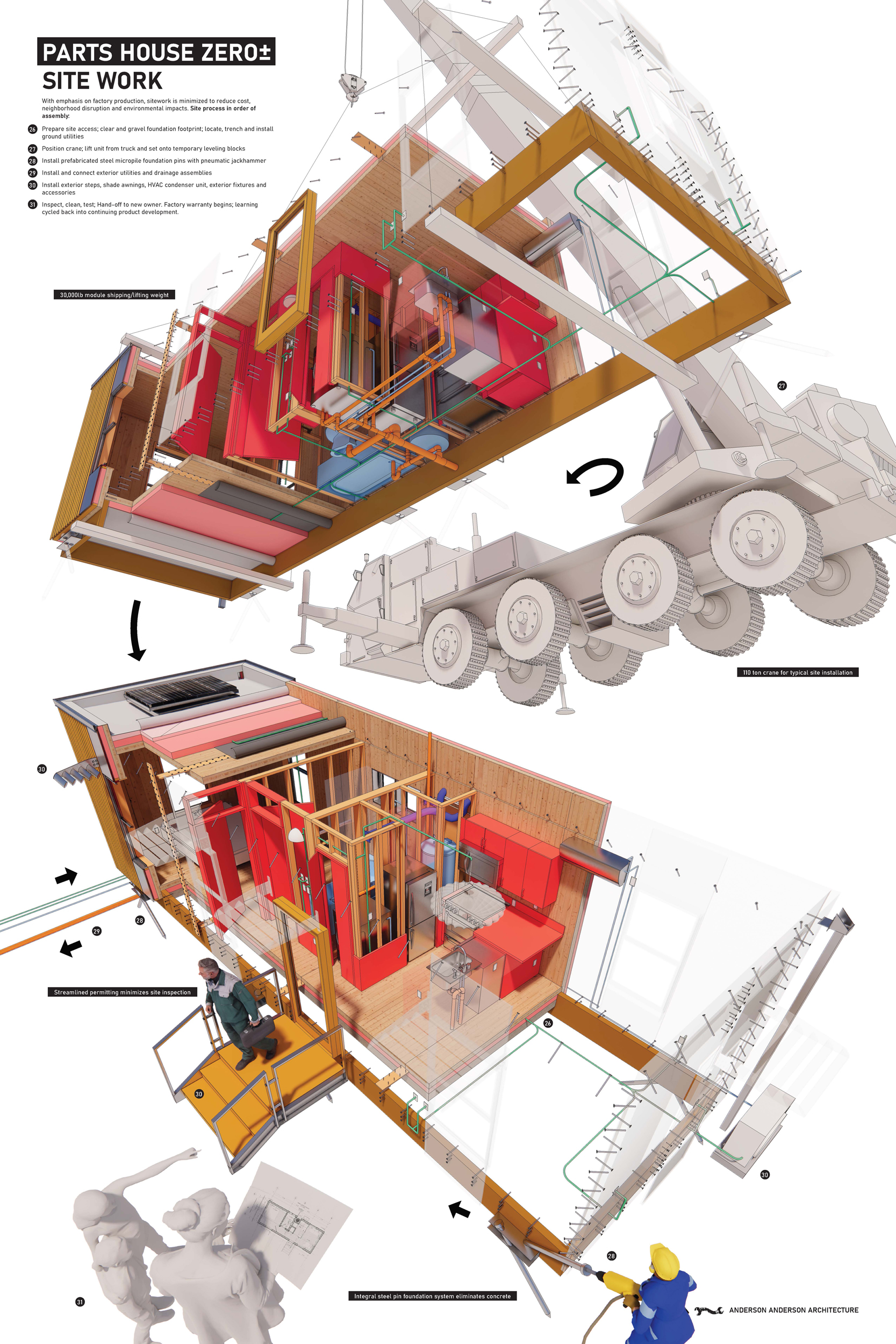
Small Infrastructures Exhibition
Berkeley CA, Los Angeles CA
2023
Project Lead
Rudabeh Pakravan
In March 2021, the Biden Administration released the American Jobs Plan, earmarking $213B for “quality,” “resilient,” “affordable,” and “multifamily” housing. A constituent bill that comprises $20B of these funds is The Neighborhood Homes Investment Act (NHIA) which finances home building as tax credits for “homes containing four or fewer residential units, condominiums, or houses or apartments owned by cooperative housing corporations.” The NHIA devotes an incredible amount of capital to low density housing, yet the bill (like similar programs tied to the proposal1) lacks any specificity on how houses are to be built. Here housing’s problem is split into two: a social one of accessibility and equity, and a material one of wood, metal, and rocks. Architects can play a unique role in bridging abstract policy ambitions to real construction as these connections are made every day in practice.
Accessible housing is an evolving topic in the architectural field, yet the public imagination of it has remained stable. Indications reside in the many neighborhood association guidelines, building code regulations, and zoning guidances that relate dense housing blocks to crime. This new legislation, however, brings a renewed interest in housing, giving designers a chance to reshape its collective image. Although accessible housing has been cast in many forms, accessory dwelling units (ADUs) have been a catalyst in including architects in direct policy development. For the first time, cities are directly contracting with architects to provide designs for private property. This is evidenced by the Los Angeles’ ADU Standard Plan Program (2021), City of Seattle’s Pre-Approved DADU Design program (2019), and numerous small towns who are issuing Request for Proposals directly to architects to provide designs for ADUs. Further, numerous tech startup companies have begun prototyping ADUs, such as Ikea’s Tiny Home Project (2020) and Muji Hut (2019). Despite the fact that these projects reflect a plurality of ideas, without rigorous consideration for how the economics of site, labor, materials, and energy can make quality housing sustainable. A prevailing design premise in both large apartment blocks and ADUs is that increasing density makes housing affordable. This criteria has not proven to be robust enough to work in practice. What, then, is a more productive conceptual framework to enact real change in the US housing market?
Given recent events, it is timely to survey existing documentation and to consider how architects can contribute to the current administration’s recent legislation. Small Infrastructures is an exhibition of ADU designs that uses the economics of building assembly as the groundwork for experimentation. Nine architects teaching at Harvard GSD and Berkeley CED consider the overlaps between academia, where cost is often external to conceptual work, and practice, where budgeting is an integral task.
CURATORS
Michelle Chang of JaJaCo
Rudabeh Pakravan of Sidell Pakravan Architects
PARTICIPANTS
Lyndon Neri and Rossana Hu are Founding Partners of Neri&Hu Design and Research Office and John C. Portman Design Critics in Architecture at Harvard GSD.
Sean Canty is an Assistant Professor of Architecture at Harvard GSD and the founder of Studio Sean Canty (SSC)
Yasmin Vobis is co-founder of Ultramoderne and an Assistant Professor of Architecture at Harvard GSD.
Andrew Atwood is an Associate Professor of Architecture at UC Berkeley and a partner in the architecture firm, First Office.
Lisa Iwamoto and Craig Scott are partners at IwamotoScott Architecture. Lisa is Professor and Chair of Architecture at UC Berkeley College of Environmental Design (CED) and Craig is Professor at CCA.
Mark Anderson is a Professor of Architecture and a partner in the firm Anderson Anderson Architecture.
Neyran Turan is an Associate Professor of Architecture at UC Berkeley CED and a founding partner at NEMESTUDIO.
Michelle Chang is an Assistant Professor of Architecture at Harvard GSD and the director of JaJa Co.
Rudabeh Pakravan and Kristen Sidell are partners at Sidell Pakravan Architects and Rudabeh is on the Design Faculty at the UC Berkeley Department of Architecture.
